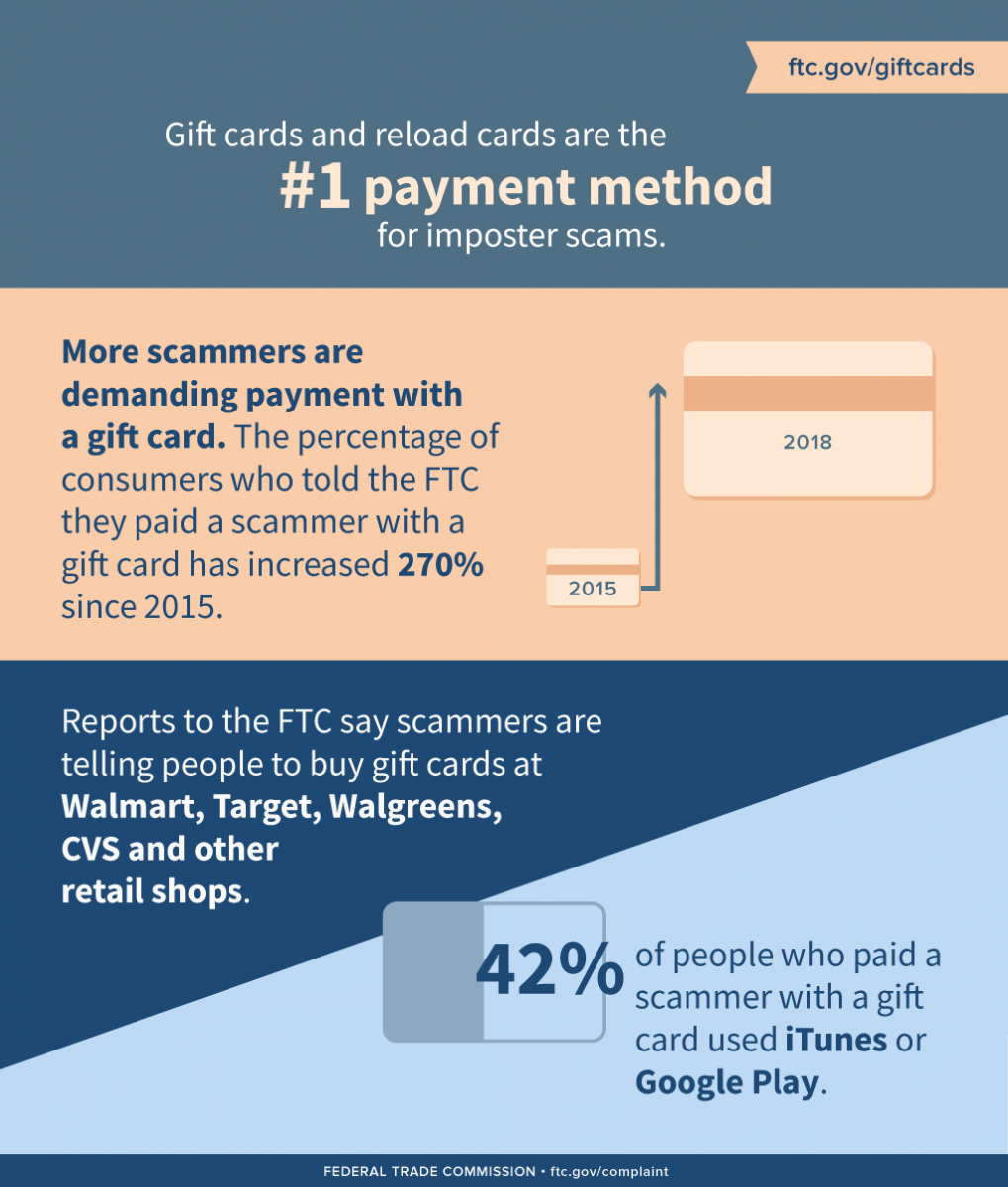Developed between East and Egypt on hardstone, copper wheel etching made it through as a craft in seventeenth century Bohemia and Dresden on glass. It was used for a selection of functions, including showing the imperial double-headed eagle (Reichsadlerhumpen) and allegorical themes.
Engravers of this duration progressively deserted direct clearness in favour of crosshatched chiaroscuro impacts. A few engravers, such as Schongauer and Mantegna, handled glass with a sculptural feeling.
Old Art
By the end of the 17th century, nevertheless, diamond-point engraving was being supplanted by wheel engraving. Two remarkable engravers of this duration deserve mention: Schongauer, who raised the art of glass inscription to measure up to that of paint with works like Saint Anthony Tortured by Demons, and Mantegna, who shaded his drawings with brief jotted lines of differing width (fig. 4) to achieve chiaroscuro effects.
Various other Nuremberg engravers of this time consisted of Paul Eder, who excelled in delicate and little landscapes, and Heinrich Schwanhardt, that etched inscriptions of fine calligraphic top quality. He and his kid Heinrich likewise established the technique of engraving glass with hydrofluoric acid to generate an impact that resembled glass covered in ice. The etched surface area might then be cut and inscribed with a copper-wheel. This technique is utilized on the rock-crystal ewer shown below, which incorporates deep cutting, copper-wheel engraving and polishing. Recognizing the etching on such pieces can be difficult.
Venetian Glass
When Venice was a European power, Venetian glassmakers took the lead in several high value-added markets. Unlike textiles and fashion, glassmaking preserved a tradition of sophisticated strategies. It additionally brought seeds of the decorative majesty symbolized in Islamic art.
However, Venetian glassmakers were not eager to share these concepts with the rest of Europe. They kept their artisans cloistered on the island of Murano so they would not be affected by brand-new trends.
Despite the fact that need for their product ups and downs as preferences changed and competing glassmakers emerged, they never shed their appeal to wealthy customers of the arts. It is for that reason no surprise that etched Venetian glass appears in countless still life paintings as an icon of luxury. Often, a master treasure cutter (diatretarius) would reduce and embellish a vessel initially cast or blown by one more glassworker (vitrearius). This was an expensive undertaking that needed great ability, patience, and time to generate such comprehensive job.
Bohemian Glass
In the 16th century, Bohemian custom whiskey glass gift glassmakers adapted the Venetian recipe to their very own, creating a much thicker, more clear glass. This made it easier for gem-cutter to sculpt in the same way they sculpted rock crystal. Additionally, they created a technique of cutting that enabled them to make very in-depth patterns in their glasses.
This was followed by the manufacturing of colored glass-- blue with cobalt, red with copper and light environment-friendly with iron. This glass was popular north of the Alps. On top of that, the slender barrel-shaped cups (Krautstrunk) were also preferred.
Ludwig Moser opened a glass layout studio in 1857 and succeeded at the Vienna International Exhibition of 1873. He developed a completely integrated manufacturing facility, providing glass blowing, brightening and engraving. Till the end of The second world war, his company dominated the marketplace of engraved Bohemian crystal.
Modern Craft
Inscription is just one of the oldest hand-icraft approaches of decorative improvement for glass. It demands a high degree of accuracy as well as an imaginative imagination to be efficient. Engravers must likewise have a feeling of composition in order to tastefully incorporate shiny and matte surface areas of the cut glass.
The art of inscription is still alive and successful. Modern techniques like laser engraving can accomplish a greater level of information with a better rate and precision. Laser modern technology is likewise able to create styles that are much less prone to breaking or splitting.
Inscription can be utilized for both industrial and decorative purposes. It's popular for logos and hallmarks, along with decorative decorations for glass wares. It's also a prominent means to include personal messages or a champion's name to prizes. It is essential to note that this is an unsafe task, so you ought to constantly make use of the appropriate security tools like safety glasses and a respirator mask.
